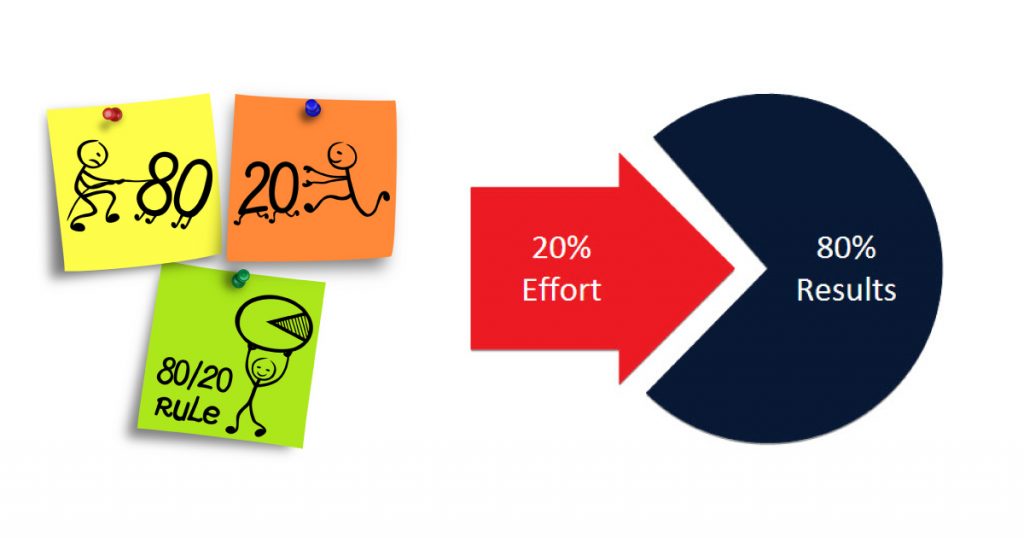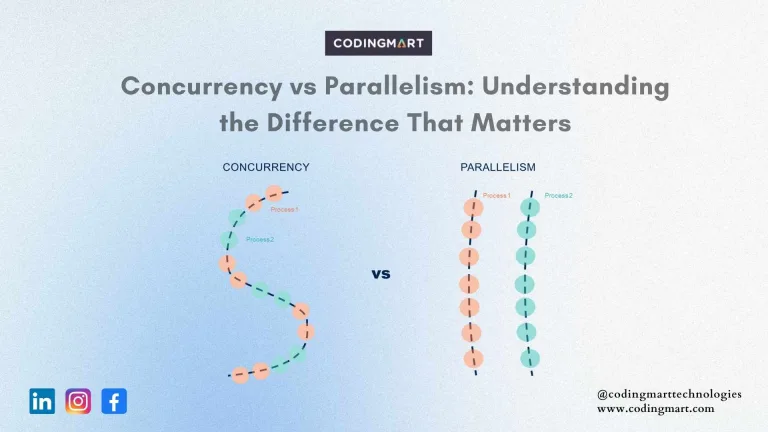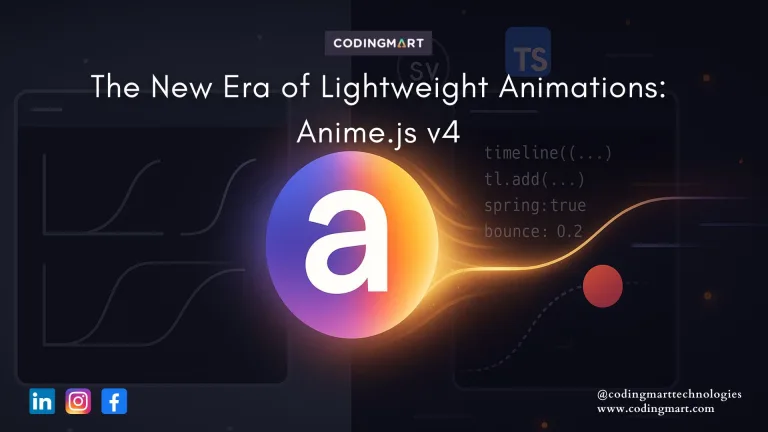blogs
Mastering Pareto’s Principle: Boost Programmer Productivity

Ever heard of the Pareto principle or the principle of sparsity? If not, ever heard of the 80/20 rule or the law of vital few? They aren’t jargons and they all mean the same. You’ll be interested to know what’s the meaning!
“The Pareto principle states that, for many events, roughly 80% of the effects come from 20% of the causes.”
Still, sounds vague to you? We’ll walk you through it.
The 80/20 rule simply means that 80% of the results come from 20% of the works. It is best understood with an example. Consider a Quality Analyst performing quality audits and identifying bugs in software. He finds too many bugs and it takes a bit of time for the developers to resolve those bugs. To simplify this process, the 80/20 rule can be applied. The QA can identify the problems that cause 80% of the errors. They can then try to streamline and fix those problems first to make the software efficiently. The rest of the bugs can be solved later through continuous improvement. Microsoft has followed this strategy and found that by solving 20% of the most reported bugs, 80%of the problems have been resolved.
We know a human cannot concentrate continuously for a long time. The same logic applies for productivity too. We cannot be productive for a long stretch of time. Here are a few ways to boost productivity by using the 80/20 rule.
You need to work just 2 hours a day!
Did you miss to read a 0 after 2? No, you’ve read it right. Going by the 80/20 rule, 80% of your daily work can be completed in 20% of the time. Let’s assume that your office timings are from 9 to 6. But, you actually work actively and complete 80% of the assigned tasks during 20% of the time, i.e., during any of the 2 hours out of the 10 working hours. That doesn’t mean that you need not work during the remaining office hours. By following the 80/20 rule, you can get to know your productive hours and make the best out of it by prioritizing essential tasks during that period.
Kick start a project with an 80/20 rule.

We know starting a project takes time and it is a tedious process. Hence, spend 80% of the project time to the first 20% of starting it. Requirement analysis, conceptualizing ideas, framing algorithms will catalyze the project. So before you start coding, devote enough time in the first 20% of your project.
Don’t pay attention to piling up the features!
Even when you provide tonnes of features, users will actually use only 20% of them. Hence, it is wise to dedicate 80% of your efforts into these features and make them the best. For example, there are a lot of features in WhatsApp ranging from messaging to carrying out payments. But, messaging, sharing media and posting/watching statuses are the main features of WhatsApp. Similarly, for any software or website or mobile application, only 20% of the features will be pivotal.
Learn 20% and build 80% of the project!
When you are planning to learn something or your project needs a new technology to be applied about which you don’t have a better understanding of, start learning it. Learn 20% of the must-know things about technology and start using it. For example, if you wanted to learn about Software Testing, make a list of the most important things to learn first such as automation testing, manual testing, selenium, etc. Then, try to learn them first and use them even if you don’t know 80% of software testing principles.
Freelancer’s Friend
The 80/20 rule is a blessing for Freelancers. If you are a freelance programmer, then applying the 80/20 rule will yield fruitful results. For most freelancers, 80% of the revenue will be generated by 20% of the customers. That’s magic! Identify the top 20% of your customers and try to engage in long term relationships. This way, you can enhance your business and yield higher profits. All the above are ways to be successful and productive for a programmer. The 80/20 rule can be applied to any field. But, always keep in mind that prioritizing 20% of the most important things doesn’t mean that the remaining is unimportant.


